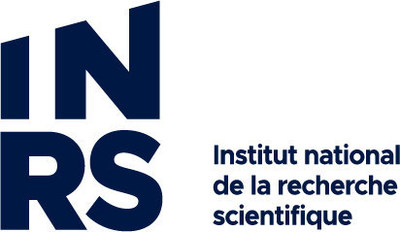TMCnet News
A warning system better suited to different heat wavesMONTREAL and QUEBEC CITY, July 21, 2021 /CNW Telbec/ - According to current climate projections, hot seasons is more likely to extend beyond the summer periods in the coming years and decades. The management of heat waves will be increasingly complex, both because of their soaring frequency and intensity and because of their early Summer and late Fall onset. A team from the Institut national de la recherche scientifique (INRS), in collaboration with the Institut national de santé publique du Québec (INSPQ), is the first to propose an adaptation of a health surveillance system for extreme heat to meet the changing challenges of climate. The study is accepted and will be published in the BMC Public Health journal. The extreme heat health watch systems, such as those used in Quebec to alert the appropriate health authorities of the arrival of extreme heat, are used during the hottest months of the year, from May 15 to September 30 in the province of Quebec. The temperature threshold set to trigger the alerts varies from one region to another but remains stable during the Summer for the same region. This mode of operation represents a limitation of the system and raises concerns about its effectiveness. Indeed, some studies have shown that the health impacts of heat waves, such as mortality, are greater when the human body is not acclimatized to heat, as it may be the case at the beginning of the summer season. A realistic system With this new system, Professor Fateh Chebana of INRS, PhD student Mahamat Abdelkerim Issa and the project team propose to consider the health impact of heat waves specific to each month, for the period from April to October. "This adaptive system has the potential to prevent heat-related mortality, outside of typical heat wave periods, through health alerts," emphasizes Professor Chebana, who participated in the design of the original heat wave alert system in 2010. In addition to taking into account the extent of the heat wave season, the new system proposes specific heat thresholds for each month. These temperature thresholds are based on public health mortality data. For example, the maximum and minimum temperature thresholds (in Celsius) for triggering a heat wave alert are, according to the study, 23° and 12° in April, 32° and 21° in July, and 25° and 13° in October. "We used the Montreal metropolitan area as a pilot case to test the predictive power of the system, because it offers homogeneity in terms of climate data and a large amount of available health data. Eventually, it could be applied to other regions in Quebec and elsewhere," says the doctoral student. The feasibility of integrating the results of the research into the health monitoring system for heat in Quebec will be analyzed by the relevant health authorities in the coming months. The future work of the team will allow them to apply climate scenarios to the model in order to project the health impacts of heat by 2050 and 2100. About the study The paper "A heat-health watch and warning system with extended season and evolving thresholds", by Mahamat Abdelkerim Issa, Fateh Chebana, Pierre Masselot, Céline Campagna, Éric Lavigne, Pierre Gosselin and Taha B. M. J. Ouarda, is accepted and will be published in the BMC Public Health journal. The study received financial support from the health component of the Quebec government's 2013-2020 Action Plan on Climate Change, the Ouranos consortium and Mitacs. About INRS INRS is a university dedicated exclusively to graduate level research and training. Since its creation in 1969, INRS has played an active role in Québec's economic, social, and cultural development and is ranked first for research intensity in Québec and in Canada. INRS is made up of four interdisciplinary research and training centres in Québec City, Montréal, Laval, and Varennes, with expertise in strategic sectors: Eau Terre Environnement, Énergie Matériaux Télécommunications, Urbanisation Culture Société, and Armand-Frappier Santé Biotechnologie. The INRS community includes more than 1,500 students, postdoctoral fellows, faculty members, and staff. SOURCE Institut National de la recherche scientifique (INRS) 
|


